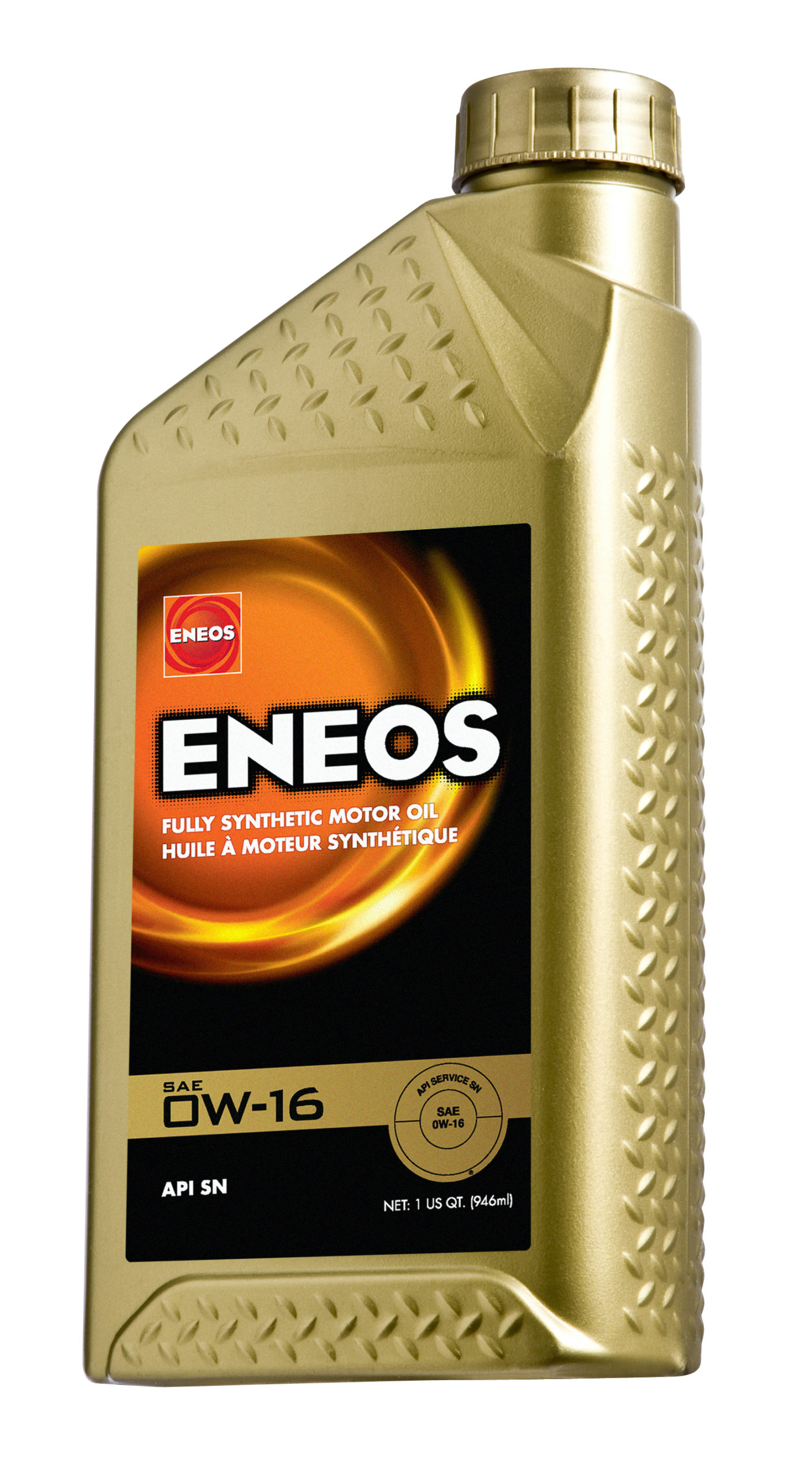UPDATES TO INDUSTRY STANDARDS
Finally, with this shift to lower viscosities is the introduction of a new ILSAC standard. Starting in 1990, ILSAC created the GF-1 standard indicating the minimum requirement for oil used in American and Japanese automobiles. The last upgrade, to GF-5, was introduced in October 2010 for 2011 and newer vehicles.
As of 2020, the current standard is GF-6, which is broken down into two categories: GF-6A for 0W-20, 5W-20, 5W-30, and GF-6B for 0W-16. GF-6A will be backwards compatible, but GF-6B will not as it was intended to address 0W-16, a new viscosity grade.
Overall, 0W-16 is a lower viscosity motor oil which provides higher performance and better fuel economy. It’s been created and tested in partnership with Japanese automotive manufacturers, whose latest vehicles have been designed to use it.
Meanwhile, 0W-8 is already in use in Japan, and it is on the horizon for North America.
ENEOS 0W-16
ENEOS 0W-16 [Part #3251-300] was one of the first to market in the US and Canada due to our relationship in testing and helping create new automotive standards for Asian OEMs. It is 100% fully synthetic Group III+ base oil, which provides the best Viscosity Index of all base oils, combined with carefully selected additives based on tests with many types of engines to help prevent deposits and sludge while enabling remarkably quick engine starts and response, even at cold temperatures.


